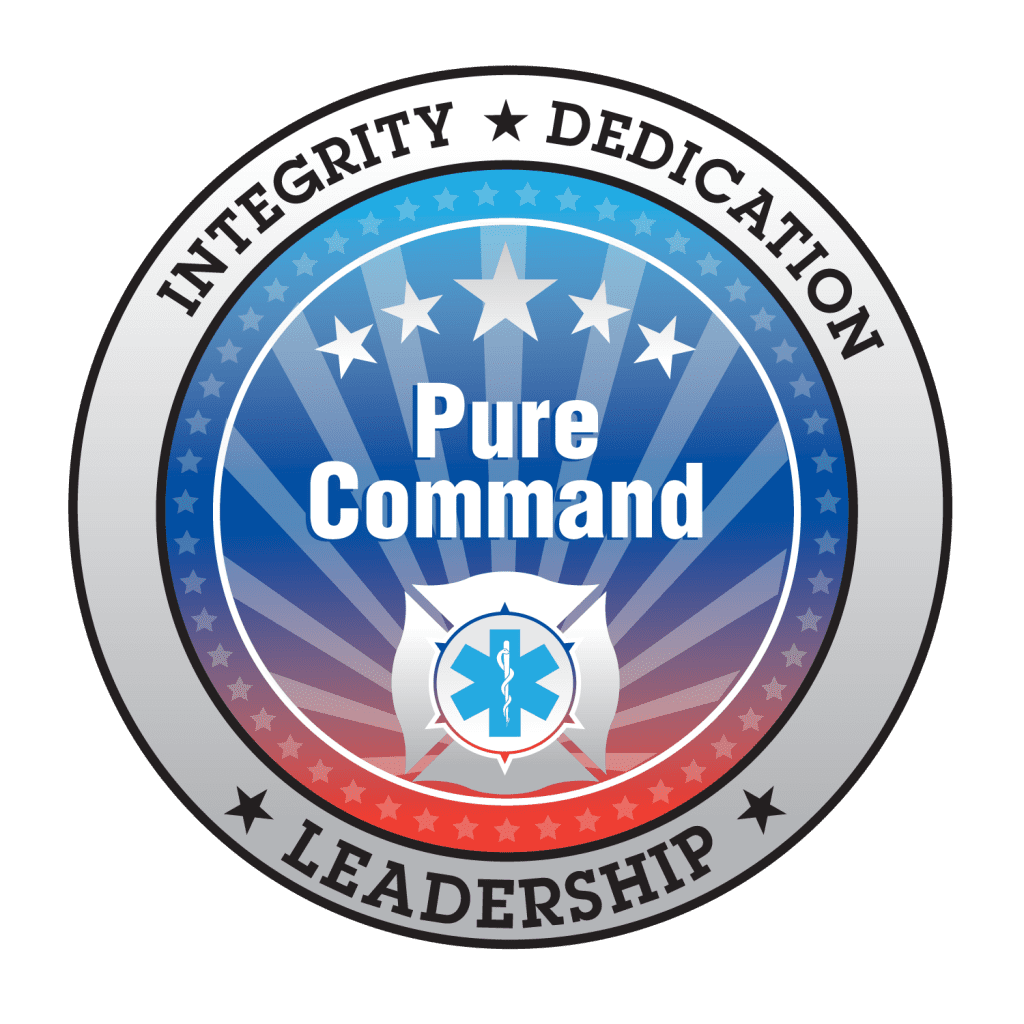As first responders, there is a National Registry obligation to provide 30/2 CPR (compression/respirations) when delivering this life saving technique. Did you know that the new standard (American Heart Association) is to provide hands-only CPR if you’re a bystander?
Good samaritan laws protect individuals who attempt to help people in distress, and as firefighters, you can help your community get on board by sharing some essential facts regarding cardiac arrest and CPR:
Sudden Cardiac Arrest
- Sudden Cardiac Arrest is more common than most people realize.
- Nearly 300,000 occur annually in the United States.
- Sudden Cardiac Arrest is not the same as a heart attack.
- A heart attack occurs when the blood supply to part of the heart muscle is blocked. This typically causes chest arm or back pain.
- Sudden Cardiac Arrest is an electrical disorder of the heart which causes it to stop beating. Without blood flow the brain stops working and the victim collapses and is unconscious.
- Sudden Cardiac Arrest can strike anyone anywhere at any time.
- Many victims appear healthy with no known heart disease.
- Sadly, less than 10% of people who suffer a sudden cardiac arrest outside the hospital survive.
Cardiopulmonary Resuscitation (CPR)
- Pushing down on the center of the chest will squeeze the blood vessels and heart, providing some blood flow to the heart, brain and other organs.
- CPR is a temporary measure that can keep these organs alive until Emergency Medical Services (EMS) arrives and uses a defibrillator or other advanced treatments to restart the heart.
- The earlier CPR is started the better.
- For every minute without bystander CPR, survival from cardiac arrest decreases by 7-10%.
- The interval between the 911 telephone call and the arrival of Emergency Medical Services personnel is usually longer than five minutes, so;
- A cardiac arrest victim’s survival is likely to depend on a public trained in CPR.
- Effective bystander CPR provided immediately after sudden cardiac arrest can up to triple a victim’s chance of survival.
- But, only 32% of cardiac arrest victims get CPR from a bystander.
Hands-Only CPR (chest compressions but no mouth-to-mouth breathing)
- Has been proven to be as effective as standard CPR.
- Even more effective since people are more likely to do Hands-Only CPR
- The American Heart Association has recommended Hands-Only CPR for adults since 2008.
Why everyone should learn CPR
- 80% of cardiac arrests occur at home, so the life you save with CPR is mostly likely to be someone you know: a child, a spouse, a parent or a friend.
- 70% of Americans feel helpless to act during a cardiac arrest because they do not know how to perform CPR.
- Many are concerned they might do something wrong, but the only way to make things worse is to do nothing.
- By teaching community members Hands-Only CPR, more victims of sudden cardiac arrest will have bystander-performed CPR and will be more likely to survive.

